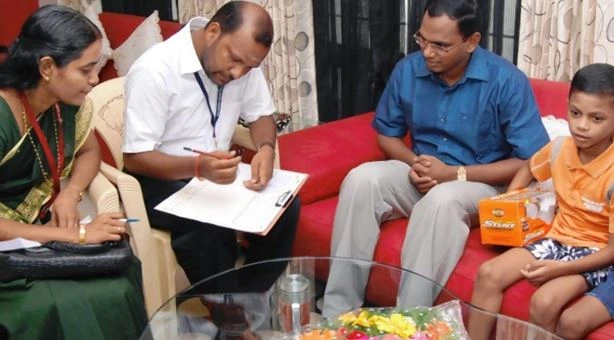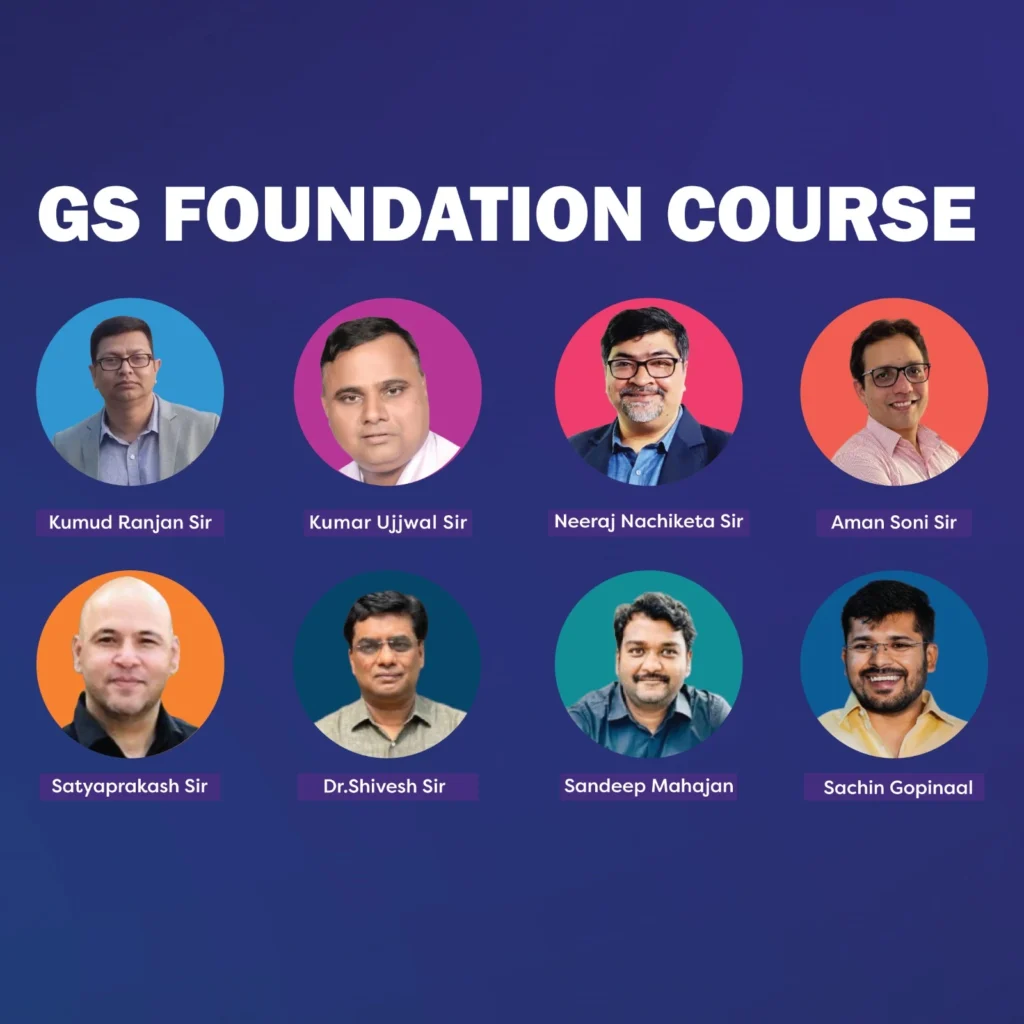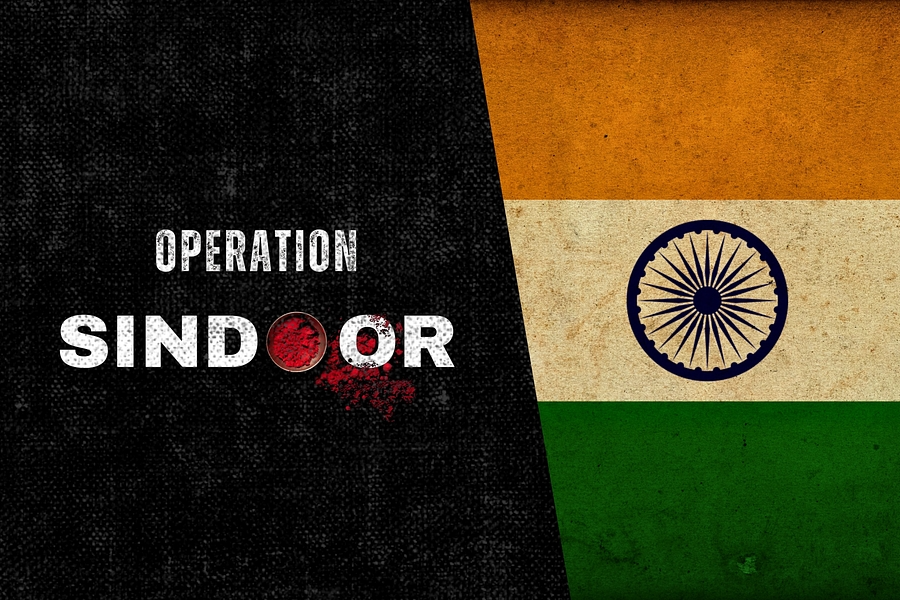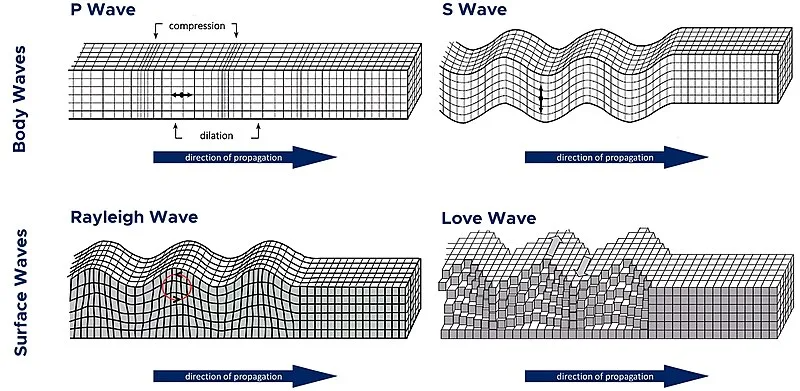Caste Census in India: A Sociological Perspective
Sociology Paper 2: Caste System – Features of Caste system.

The caste question has long occupied a central space in Indian society, politics, and policymaking. It reflects historical patterns of social stratification rooted in the varna and jati systems, which continue to influence access to education, employment, political representation, and social mobility. In recent years, debates around a caste census have gained renewed prominence, especially as states like Bihar (2023) and Karnataka conducted their own caste surveys, releasing data that reignited discussions on inequality, reservation policies, and social justice.
A caste census is far more than a statistical exercise; it acts as a mirror of social realities, revealing intra-group disparities, identifying historically marginalized communities, and informing evidence-based policymaking. From a sociological perspective, such data helps scholars and policymakers understand the dynamics of social hierarchy, power distribution, and exclusion, providing a foundation for reforms aimed at reducing inequality, promoting inclusivity, and ensuring equitable access to resources and opportunities across Indian society.
Evolution of the Caste System in India
The caste system in India has evolved over millennia, reflecting changes in social, economic, and political structures. From a structural-functional perspective, the ancient varna system functioned as a division of labor, assigning roles to sustain social order and ensure societal stability. Brahmins handled rituals and knowledge, Kshatriyas ruled and protected, Vaishyas engaged in trade, and Shudras performed service-oriented work. However, this functional ordering gradually hardened into hereditary hierarchies, limiting mobility.
During the colonial period, the British institutionalized caste through systematic censuses beginning in 1871. Caste categories were enumerated for administrative purposes, creating “enumerative communities” and codifying social identities that had previously been fluid, thereby reinforcing rigid hierarchies.
In post-independence India, Dr. B.R. Ambedkar highlighted caste as a system of graded inequality, emphasizing its role in perpetuating social exclusion and oppression. While legal frameworks and affirmative action sought to mitigate disparities, caste continues to shape access to education, employment, and political representation, remaining a central axis of social stratification.
Sociological Perspectives on Caste Census
Structural Functionalism: From this viewpoint, the caste census serves as a mechanism to stabilize society by identifying inequalities and enabling equitable resource distribution. Accurate data allows the design of targeted welfare schemes, reservations, and affirmative action policies, fostering social cohesion and reducing systemic disparities. For instance, mapping backward classes helps the state allocate educational scholarships or employment quotas efficiently.
Conflict Theory: Conflict theorists highlight that dominant caste groups may resist reforms or resist revealing true demographic strength to preserve their socio-political advantage. The caste census exposes these structural inequities, empowering marginalized communities to claim rights, challenge entrenched hierarchies, and negotiate access to resources and political representation.
Symbolic Interactionism: This perspective emphasizes how caste identities are socially constructed and internalized. Census enumeration shapes how individuals and communities perceive their social status, influencing inter-community interactions, social behavior, and collective self-awareness.
Critical Sociology: Critical sociologists examine the political and ethical dimensions of caste enumeration. They caution that caste data can be instrumentalized for vote-bank politics or manipulated, raising concerns about transparency, privacy, and the ethical use of sensitive social information.
Need for Caste Census
- Identify Persistent Inequalities: A caste census uncovers deep-rooted disparities in education, employment, income, healthcare access, and social mobility, which often remain invisible under formal legal equality. This allows policymakers to understand structural disadvantages more accurately.
- Class within Caste: From a Marxian perspective, economic class distinctions exist within caste hierarchies, meaning some members of marginalized castes may still face poverty and exclusion. A caste census helps capture these intra-caste variations for targeted support.
- Bridge Between Official and Lived India: The census provides data that reflects citizens’ lived realities, correcting the mismatch between official state narratives and actual societal conditions, thus offering a more realistic picture of inequality and deprivation.
- Evidence-Based Policy Making: Comprehensive caste data allows the government to design welfare programs, affirmative action policies, and resource allocation strategies based on empirical evidence rather than assumptions or incomplete surveys.
- Targeted Interventions: By identifying the most deprived groups within broader caste categories, the census prevents elite capture and ensures that welfare benefits, scholarships, and development programs reach the intended beneficiaries.
- Enhance Social Justice: A caste census supports substantive equality by addressing structural and systemic disadvantages rather than merely offering symbolic or procedural equality. It helps create policies that actively reduce social and economic gaps.
- Inform Political Representation: Reliable caste data informs reservation policies, political representation, and inclusive governance strategies, ensuring that marginalized groups have a stronger voice in decision-making processes.
- Monitor Social Change: Conducting caste censuses periodically allows tracking of social mobility, educational progress, and the effectiveness of affirmative action policies over time, helping policymakers adjust interventions as needed.
Advantages of Caste Census
- Empirical Basis for Policy: The caste census provides robust, data-driven insights that allow policymakers to design welfare schemes, affirmative action programs, and targeted interventions more effectively, ensuring resources are allocated according to real social and economic needs.
- Highlights Intra-Group Inequalities: By capturing differences within broad caste categories, the census prevents relatively better-off sub-groups from monopolizing benefits, ensuring that the most marginalized sections within communities receive equitable support.
- Strengthens Collective Identity: Accurate data empowers marginalized communities to recognize their shared experiences of disadvantage, organize collectively, and assert their rights, enhancing social cohesion and representation in governance.
- Counters Elite Capture: The census helps prevent manipulation of benefits by local elites or influential groups, ensuring scholarships, subsidies, and development programs reach genuinely deprived and underrepresented segments.
Disadvantages of Caste Census
- Reinforcement of Caste Identities: Systematic categorization may unintentionally entrench caste consciousness, making it harder to achieve social integration and potentially perpetuating traditional social hierarchies.
- Political Mobilization Risks: Caste data could be exploited for vote-bank politics, heightening social tensions and encouraging identity-based electoral strategies rather than inclusive policymaking.
- Rigid Categorization: Fixed classifications may fail to reflect hybrid, inter-caste, or evolving identities in contemporary India, creating inaccuracies and misrepresentations in data.
- Social Stigma: Some communities may feel labeled or stigmatized through enumeration, reinforcing historical prejudices and social exclusion instead of promoting equality.
Challenges in Conducting Caste Census
- Complex Classification: With thousands of jatis and sub-castes, accurate enumeration is logistically challenging, requiring extensive research, verification, and culturally informed categorization.
- State Neutrality vs. Social Engineering: Governments must balance impartial data collection with pressures to implement social engineering or affirmative action policies, making the process politically sensitive.
- Moral Dilemmas: Conducting a caste census poses ethical questions, as it conflicts with the ideal of a caste-less society while simultaneously aiming to address caste-based inequalities.
- Risk of Politicization: The census could be misused by political actors to manipulate data, favor certain groups, or influence electoral outcomes, undermining its developmental purpose
Way Forward
- Sociologically Sensitive Enumeration: Recognize the fluidity and diversity of caste identities, avoiding rigid, one-size-fits-all classifications, and ensuring culturally informed data collection methods.
- Intersectional Data Collection: Combine caste data with indicators of class, gender, and regional disparities to understand multidimensional inequalities and design more effective interventions.
- Transparency and Participation: Implement open, participatory processes where civil society, local communities, and independent experts can monitor enumeration and validate data quality.
- Focus on Inclusion and Welfare: Ensure that the caste census is used strictly for resource allocation, policy planning, and social justice initiatives rather than for political or divisive purposes.
- Periodic Updates: Regularly refresh caste data to monitor social mobility, assess the impact of welfare programs, and reflect changing demographics and social dynamics.
Conclusion
The caste census in India is more than counting people; it is a vital tool for understanding social inequality. By recording caste composition and status, it helps design welfare programs, affirmative action, and targeted support, bridging the gap between legal equality and social reality.
From a sociological perspective, the census shows social hierarchies, power relations, and how caste intersects with class, gender, and region. The data can strengthen social cohesion, challenge inequality, and empower marginalized groups.
Risks include reinforcing caste identities, political misuse, or overlooking changing social patterns. To avoid this, the census should be transparent, sensitive, and inclusive, combining caste with class, gender, and regional information. Regular updates and ethical use ensure social mobility is tracked, benefits reach the most deprived, and governance becomes fairer. The caste census is ultimately a tool for social justice and equality in India.
About Census Method
|
Aspect |
Details |
|
Definition |
A census is a systematic method of collecting, recording, and analyzing data about every individual or unit in a population. In sociology, it helps study social structures, demographics, inequalities, and community characteristics. |
|
Purpose in Sociology |
Understand population composition, caste/class structures, literacy, occupations, migration, urbanization, and social change; informs quantitative research and policy formulation. |
|
Advantages |
|
|
Disadvantages |
|


Non-Positivist Methodologies in Social Research
Home / Non-Positivist Methodologies in Social Research Shift from Positivism to Non-Positivism As sociologists recognized that social realities cannot be
UPSC Current Affairs – December 3
December 03rd Current Affairs Home / Table of Contents Govt ready to talk about electoral reforms in Parliament, but not
Fact, Value and Objectivity
Home / Fact, Value and Objectivity What is a Fact? A fact is an empirically verifiable observation—something that can be
UPSC Current Affairs – December 2
December 02nd Current Affairs Home / Table of Contents Bioterrorism a serious threat, world not ready: S. Jaishankar Relevance to
Positivism and its Critique
Home / Positivism and its Critique What is Positivism? Positivism is the idea that human behaviour can be studied using
UPSC Current Affairs – December 1st
December 01st Current Affairs Home / Table of Contents Sri Lanka declares state of emergency after floods and mudslides Relevance
Major Theoretical Strands of Research Methodology
Home / Major Theoretical Strands of Research Methodology Research methodology is a broad term that encompasses the entire research process
UPSC Current Affairs – November 25
November 25th Current Affairs Home / Table of Contents Woman from Arunachal Pradesh stopped at China airport; India issues strong
UPSC Current Affairs – November 24
November 24th Current Affairs Home / Table of Contents Justice Surya Kant sworn in as 53rd Chief Justice of India
UPSC Current Affairs – November 21
November 21st Current Affairs Home / Table of Contents What is Cloudflare, and why did half the internet go down




